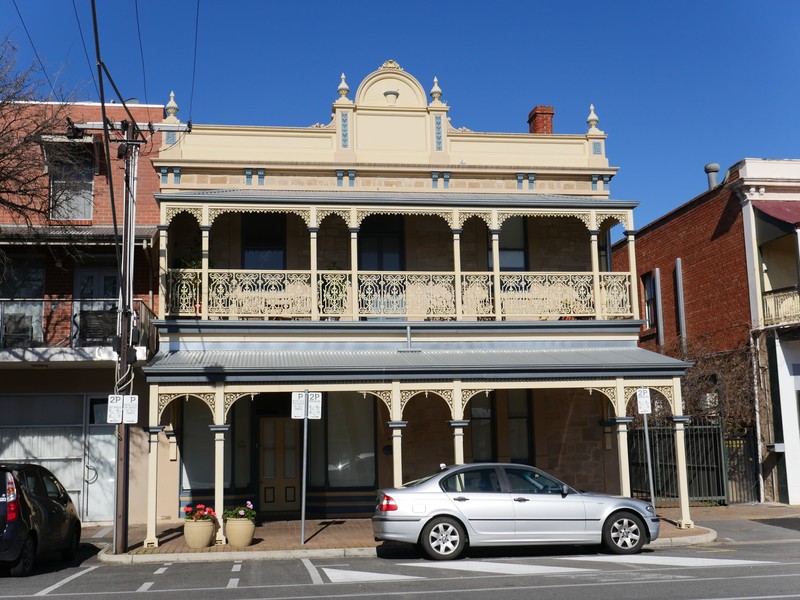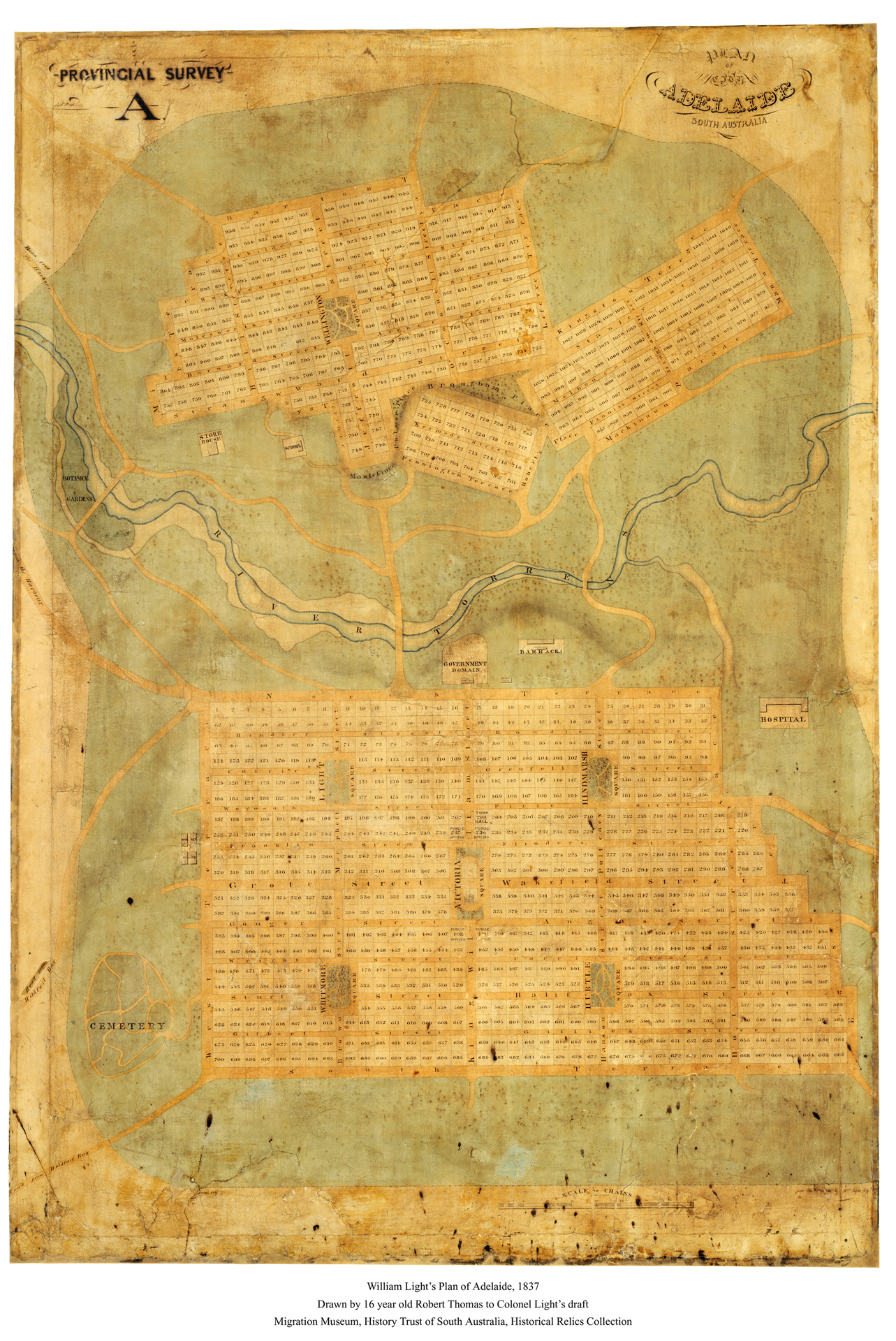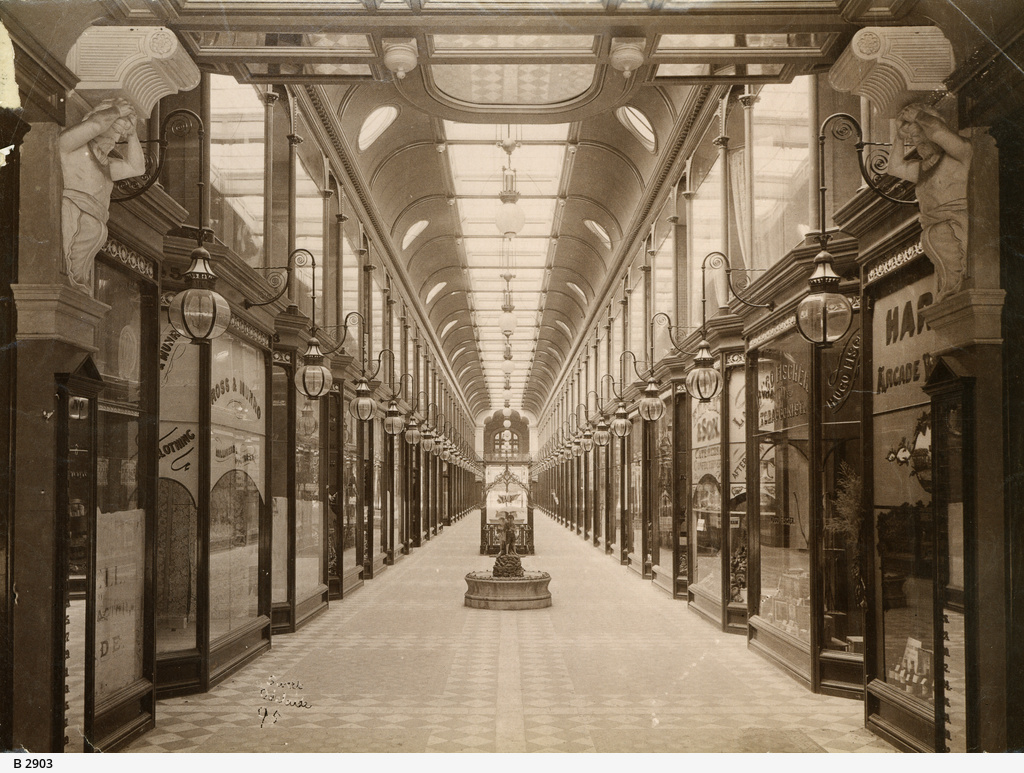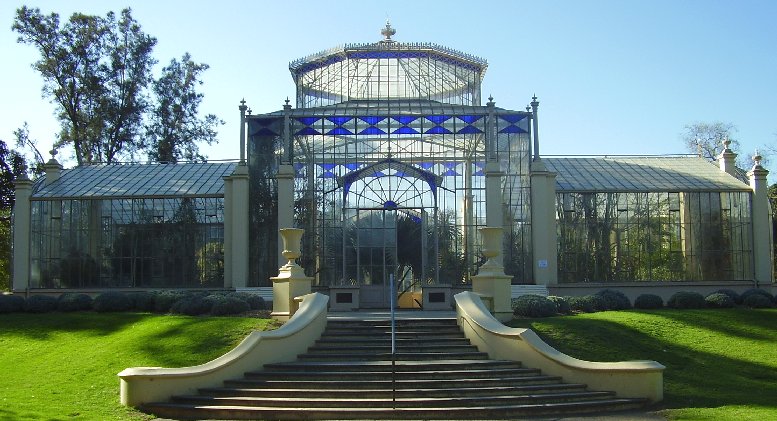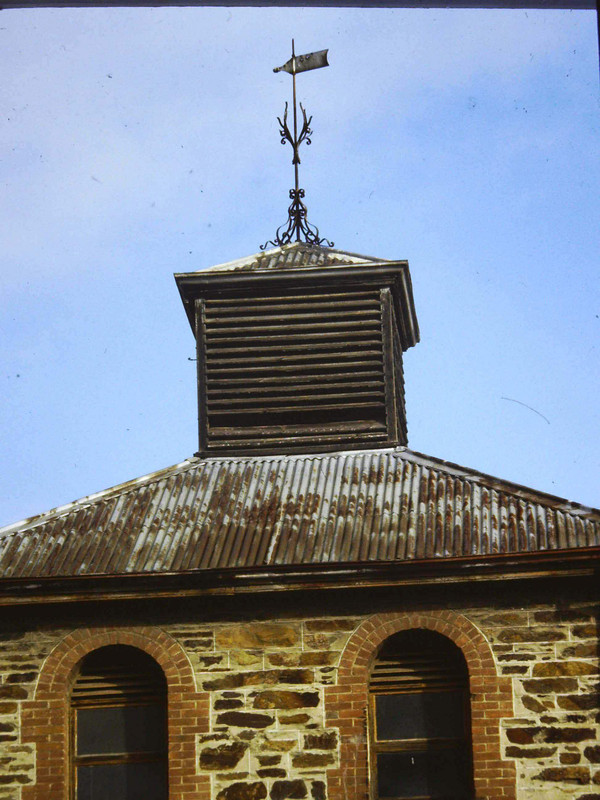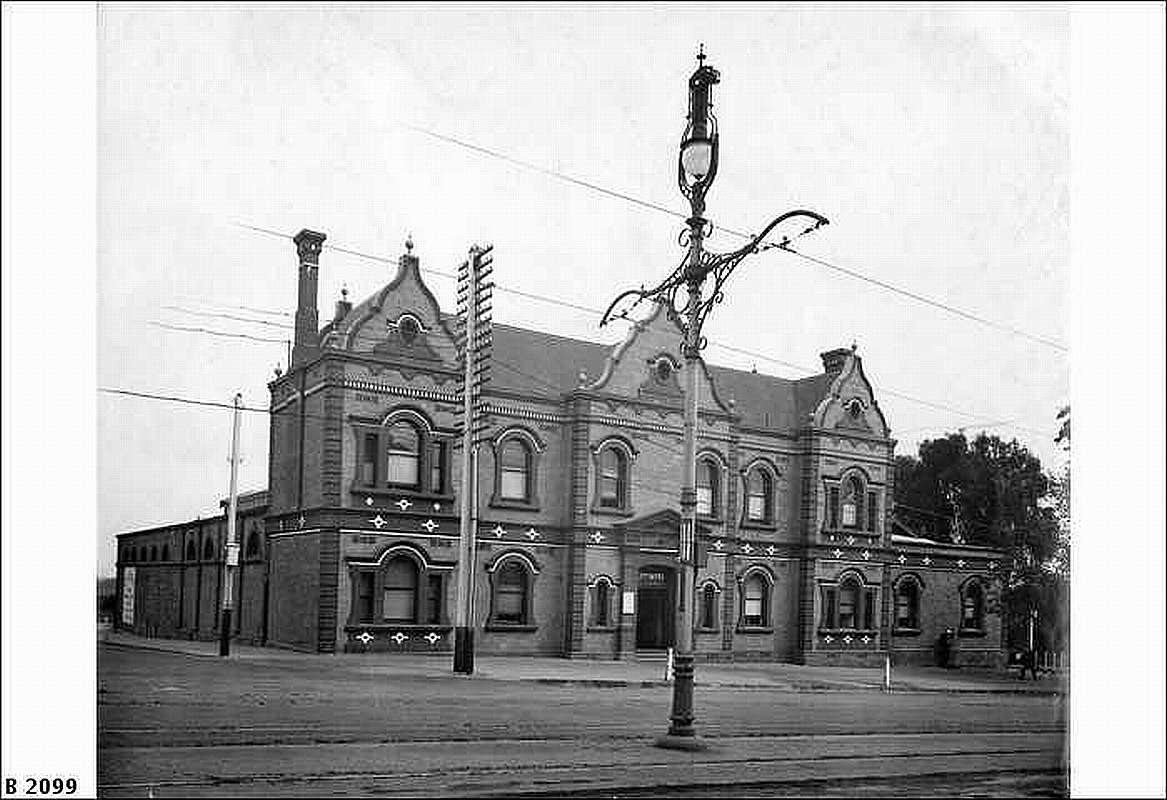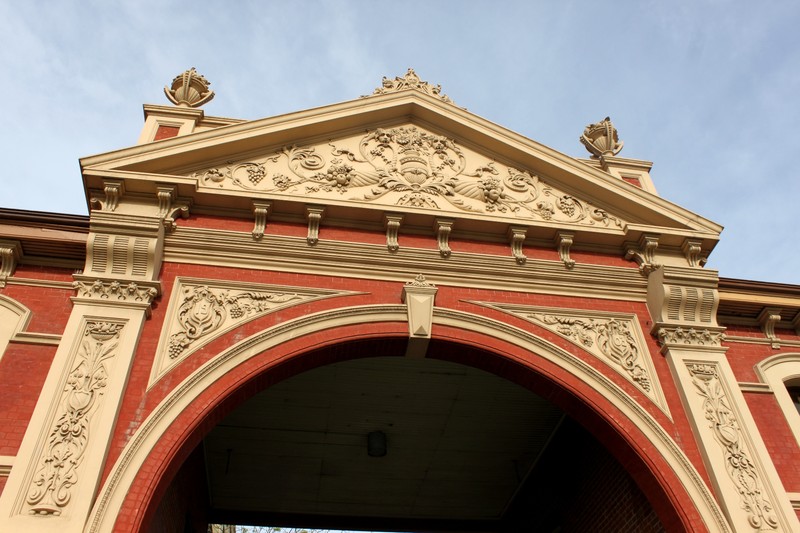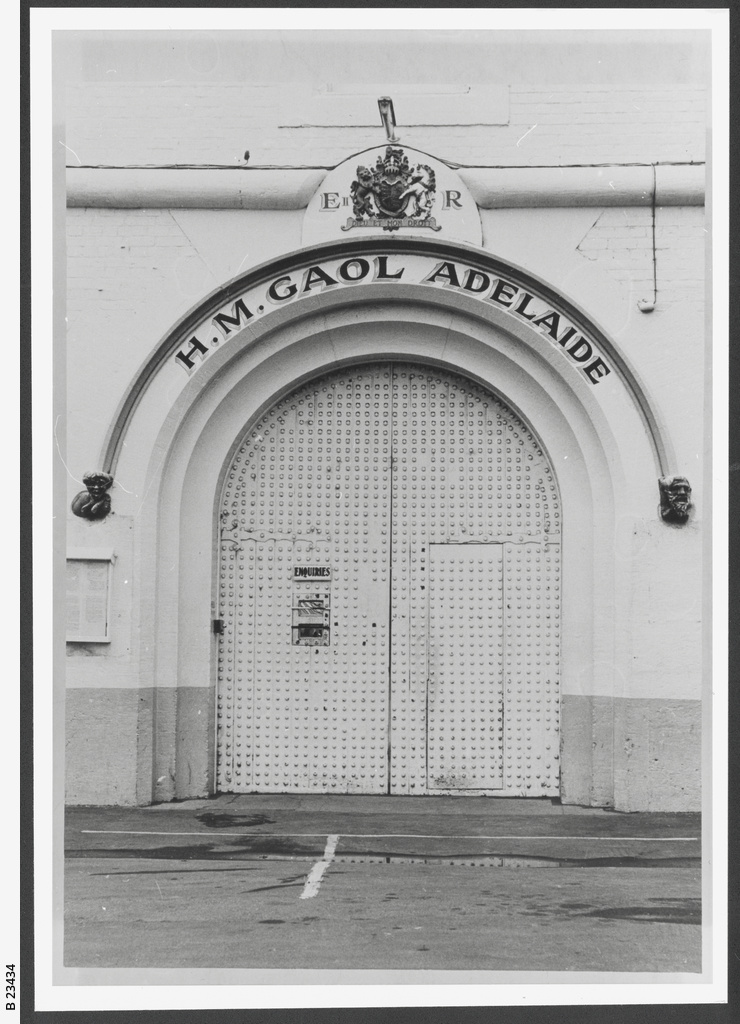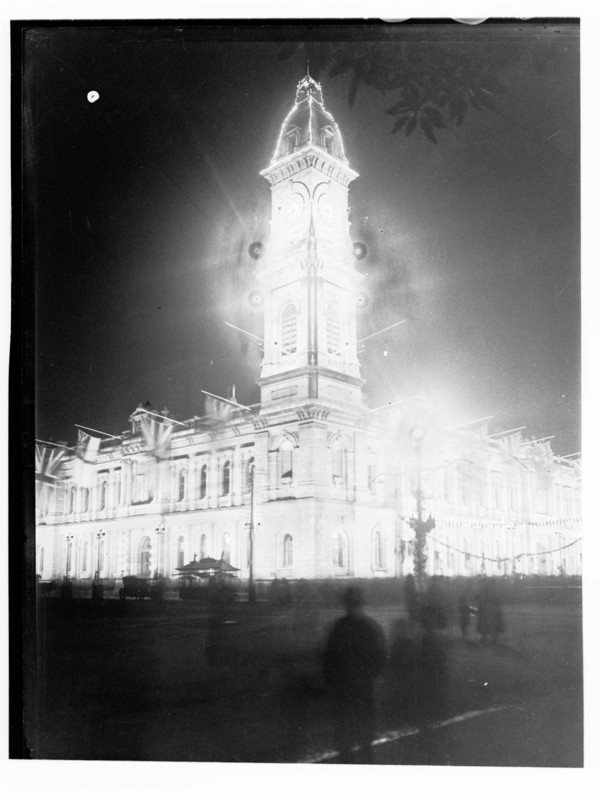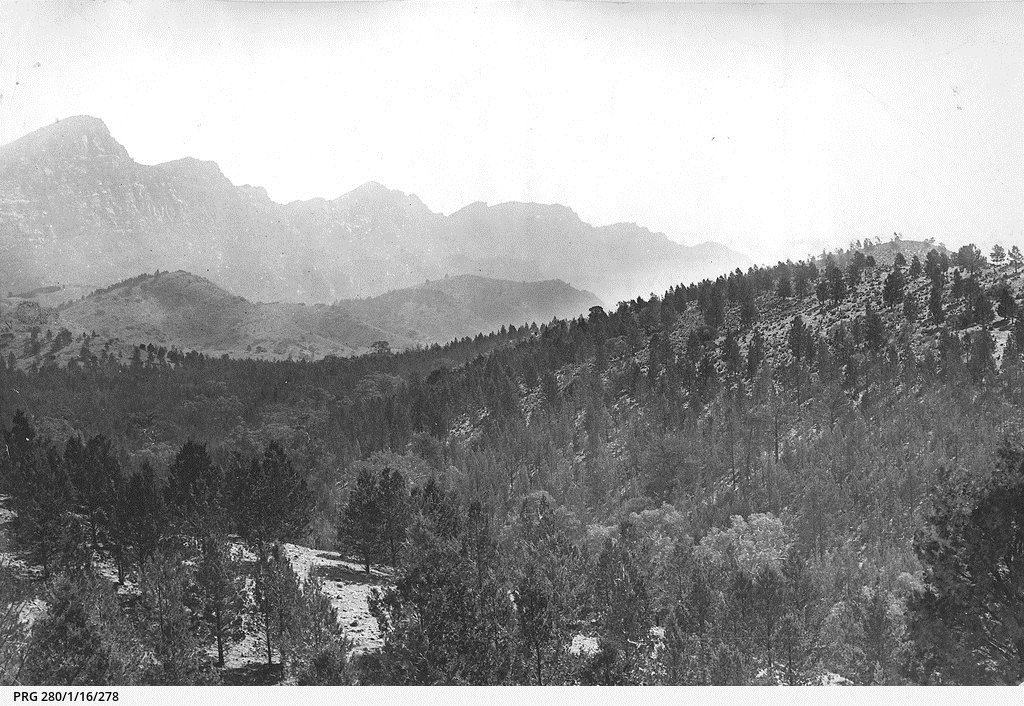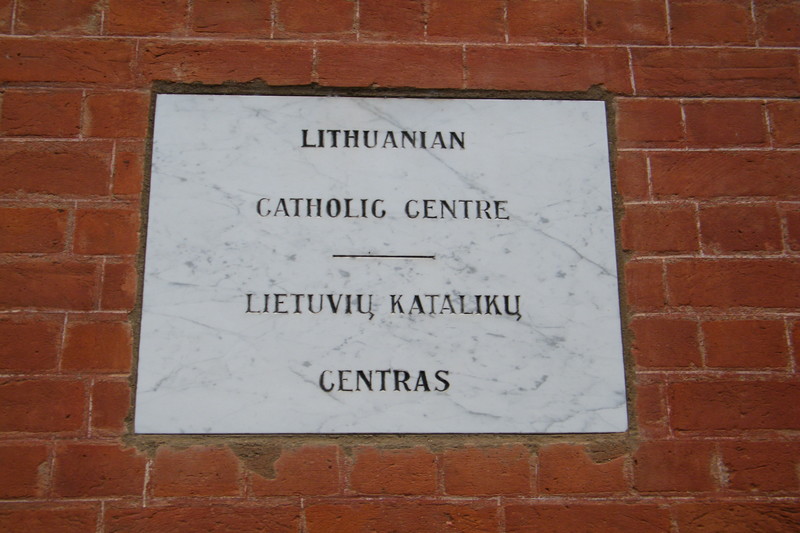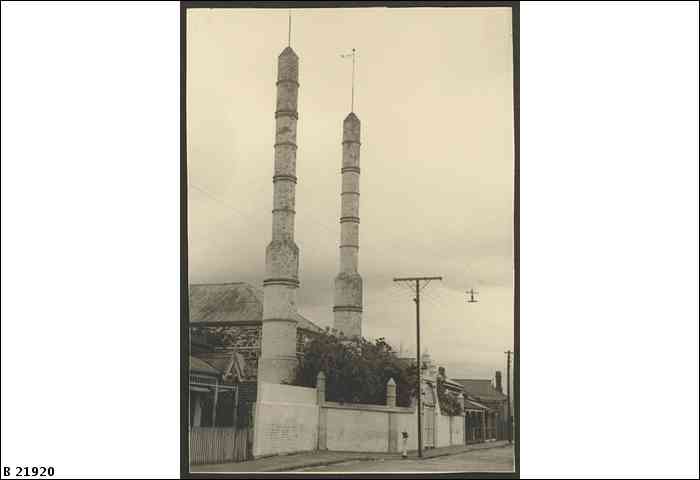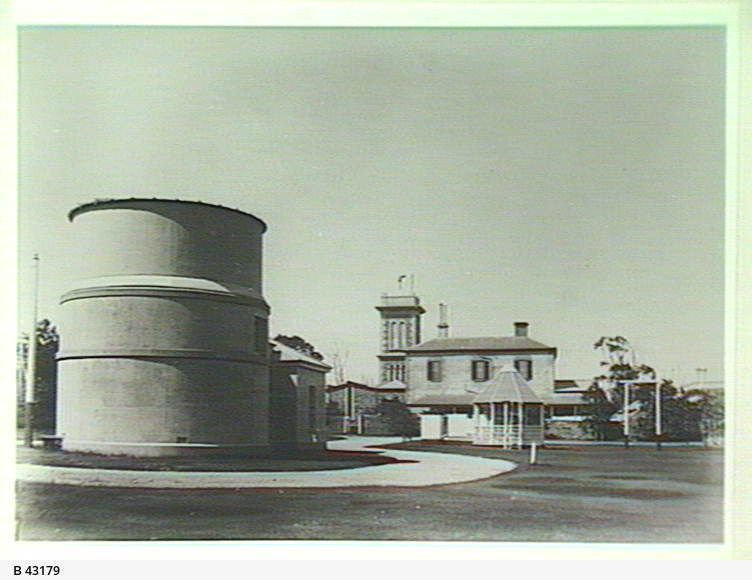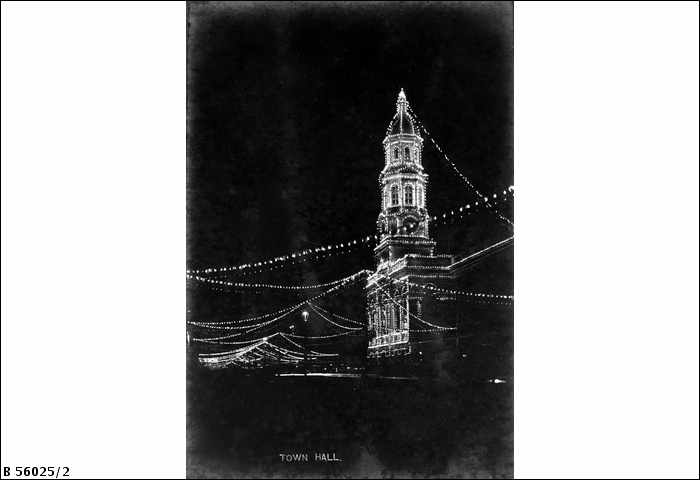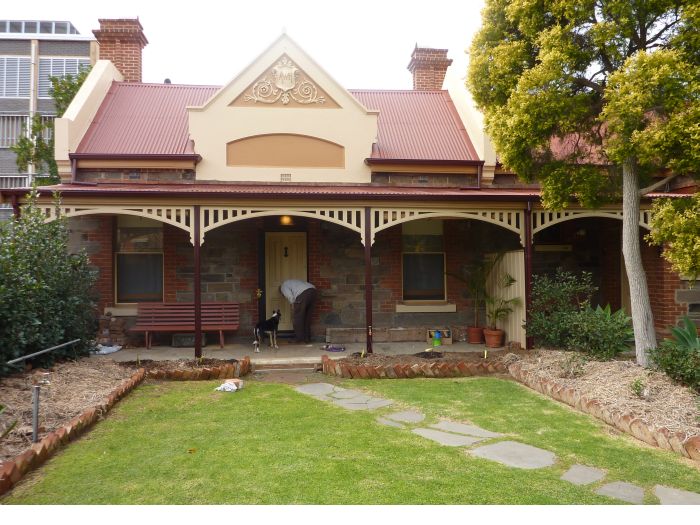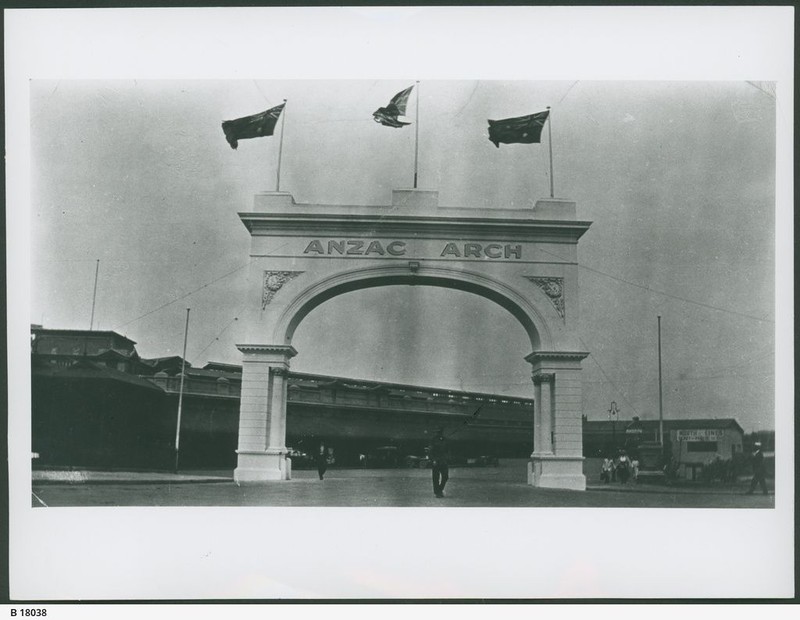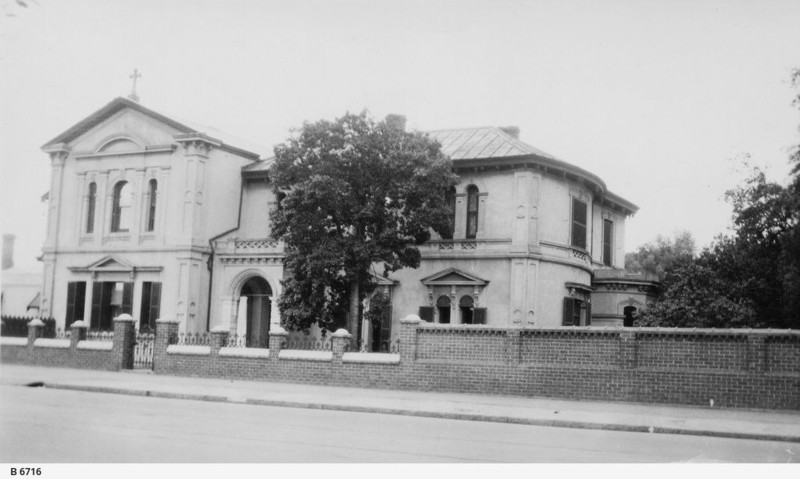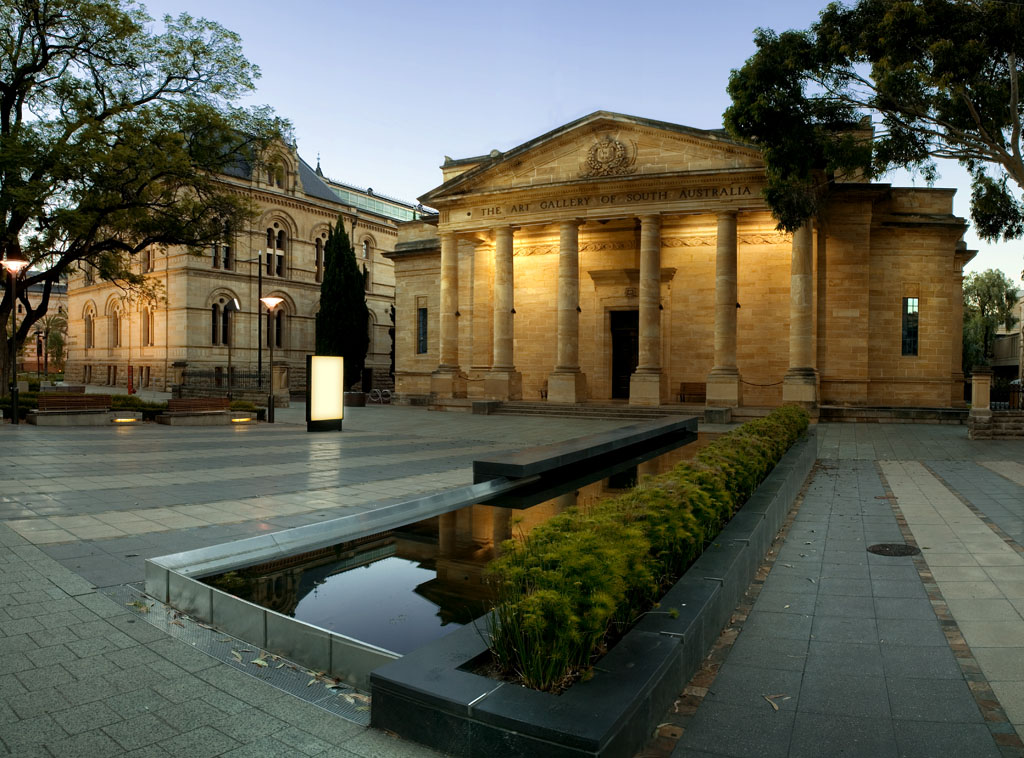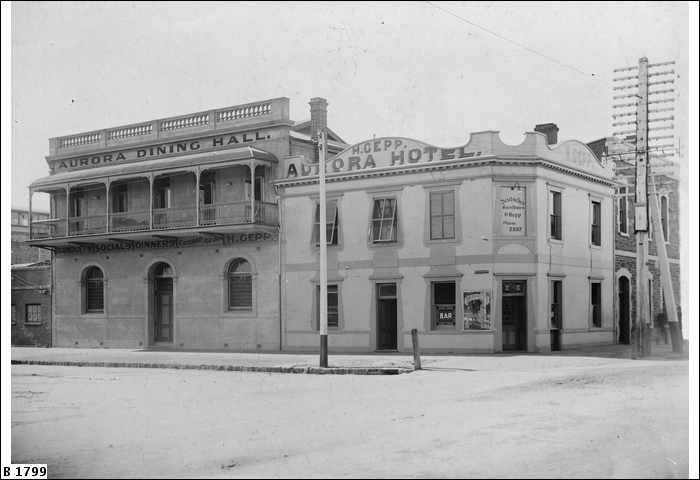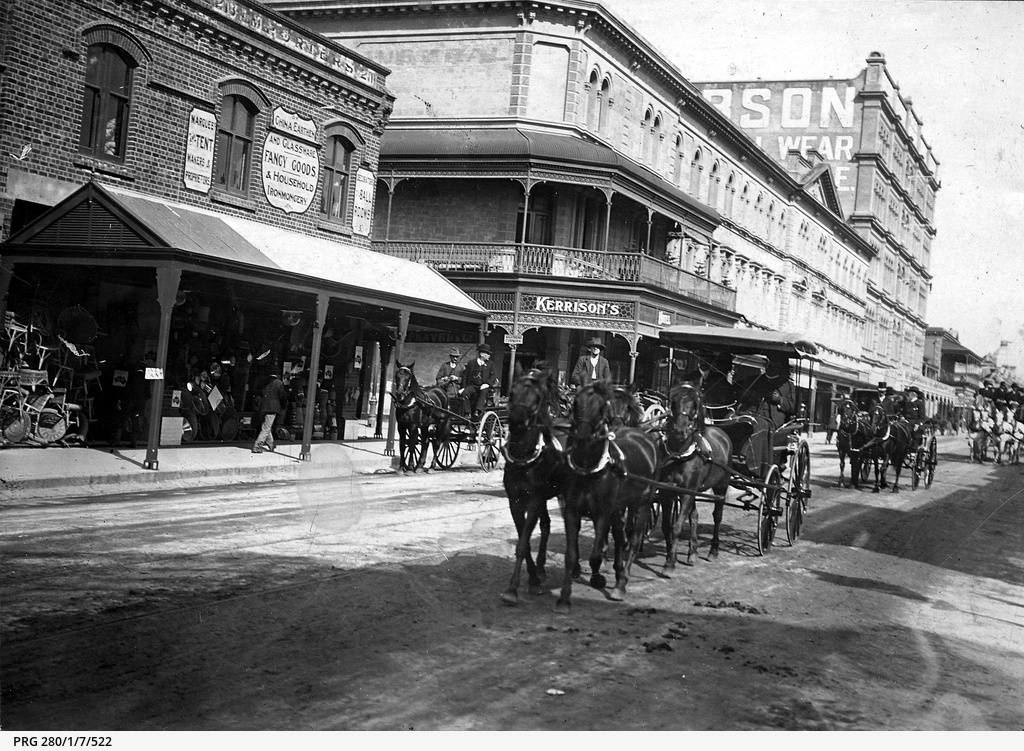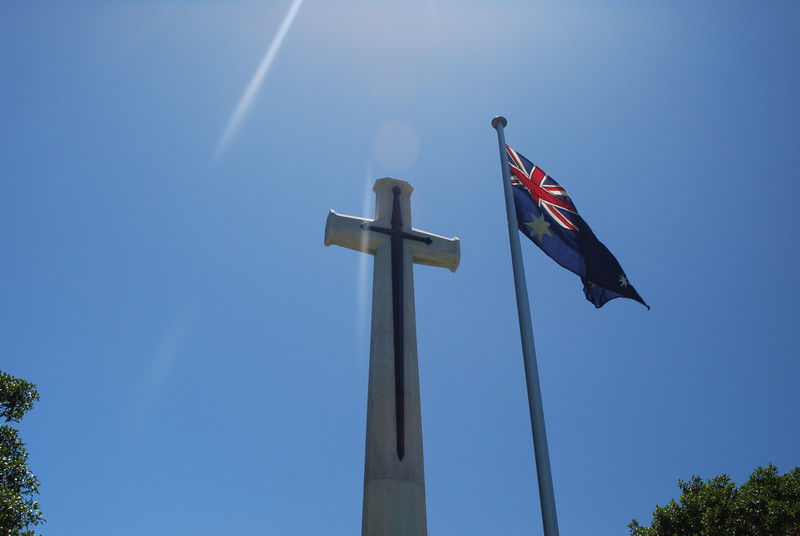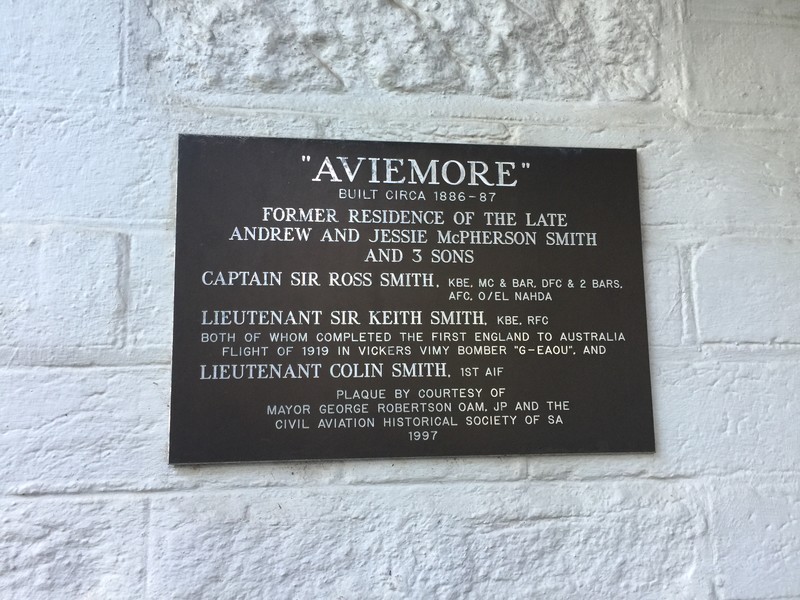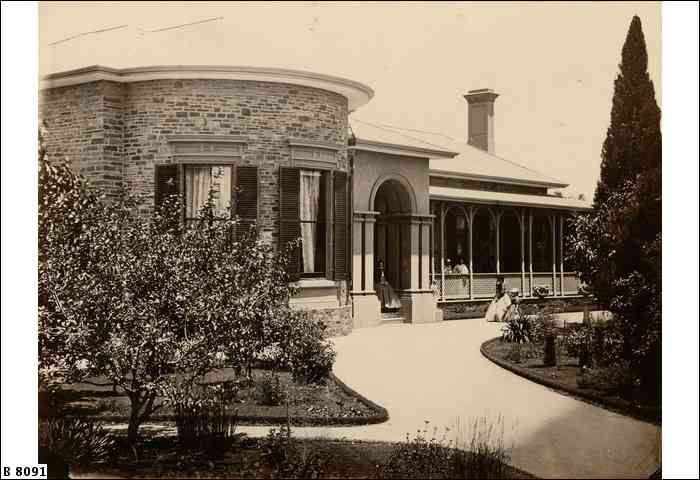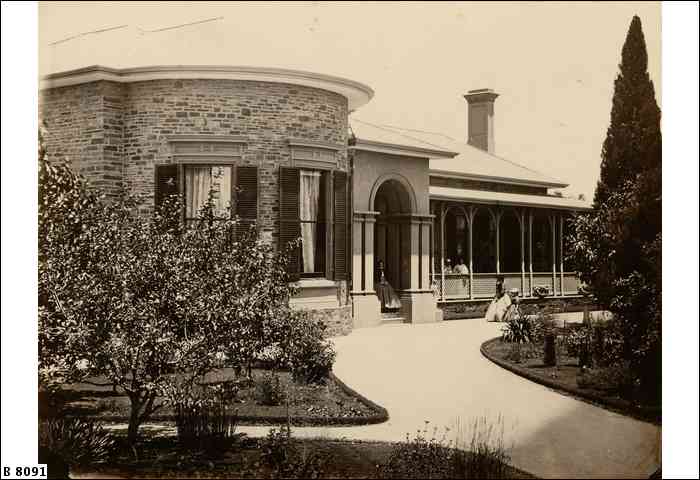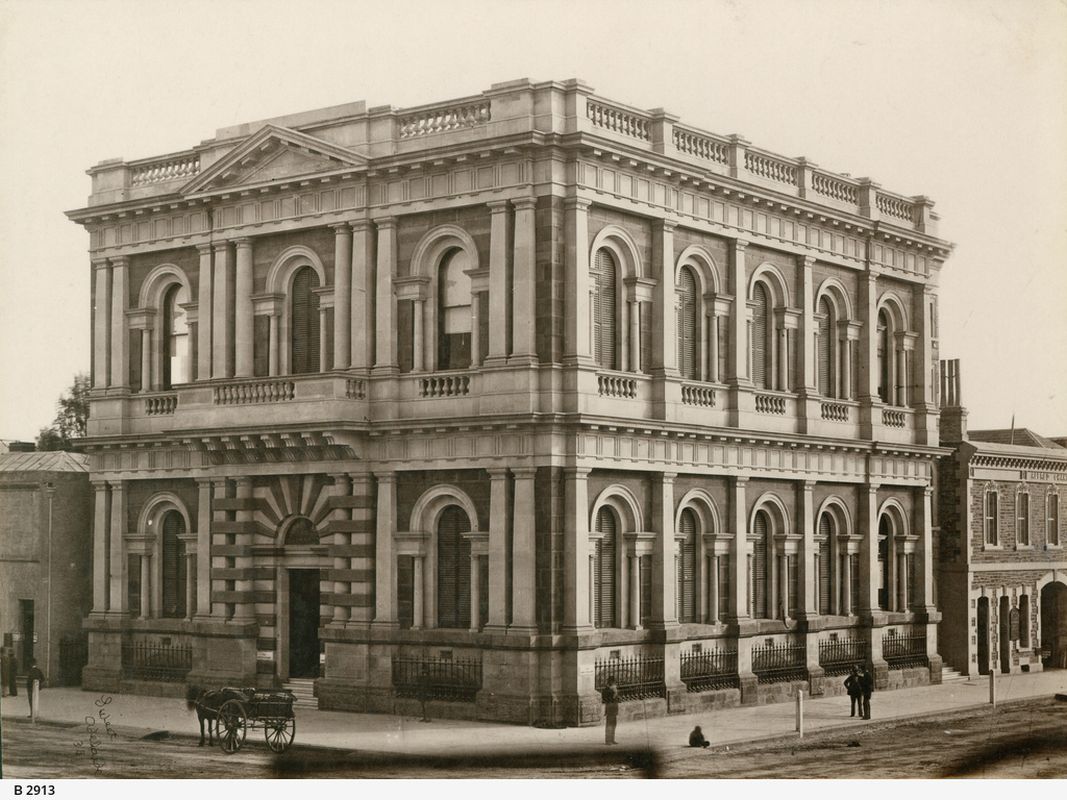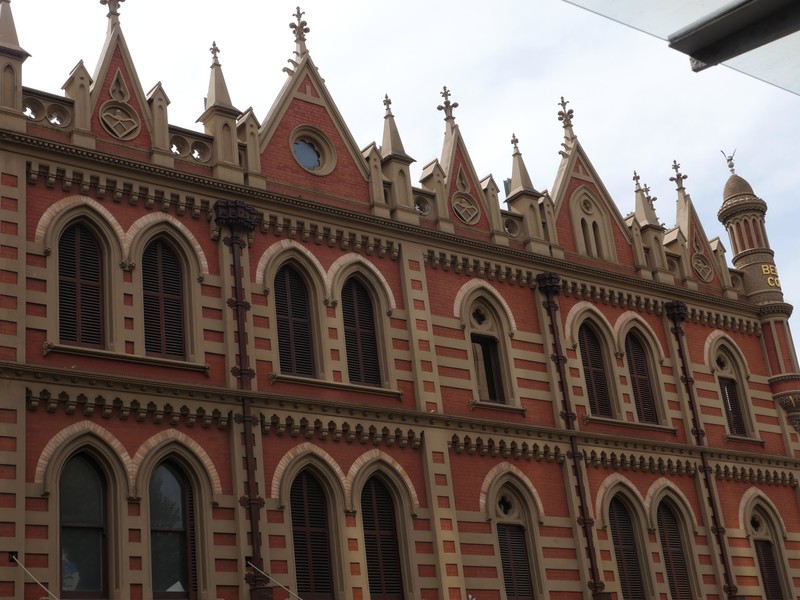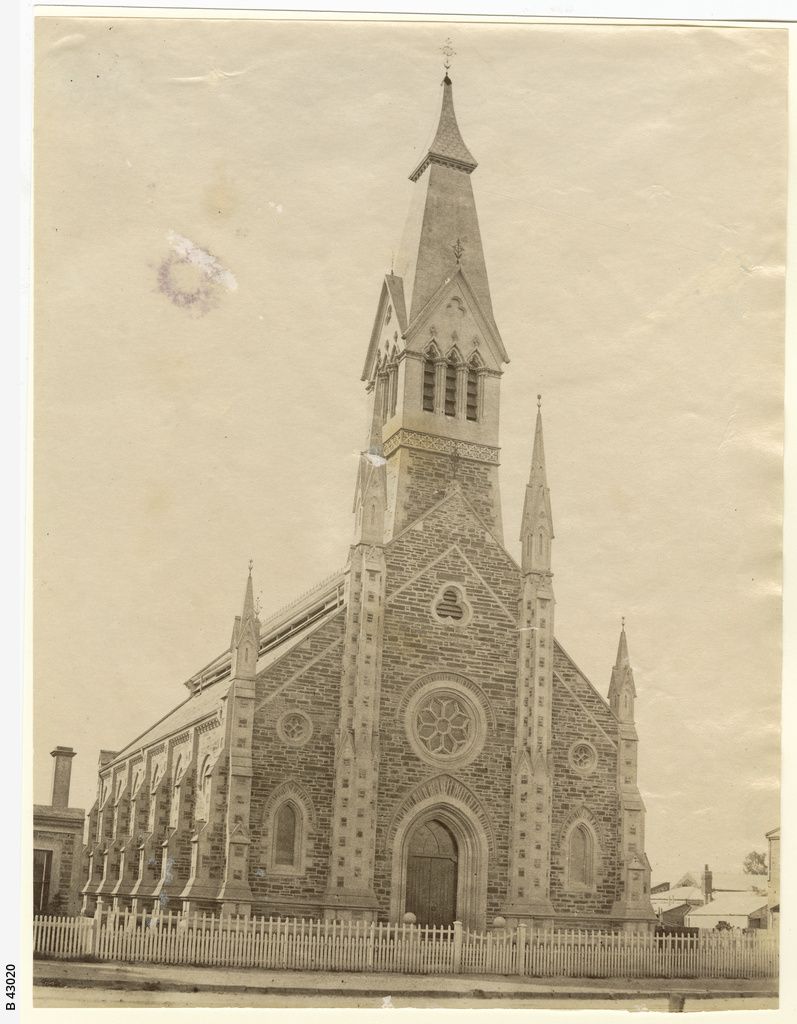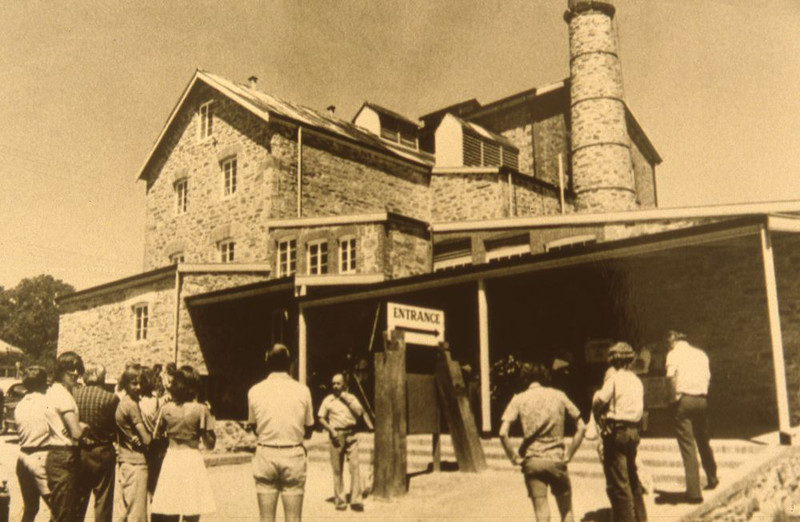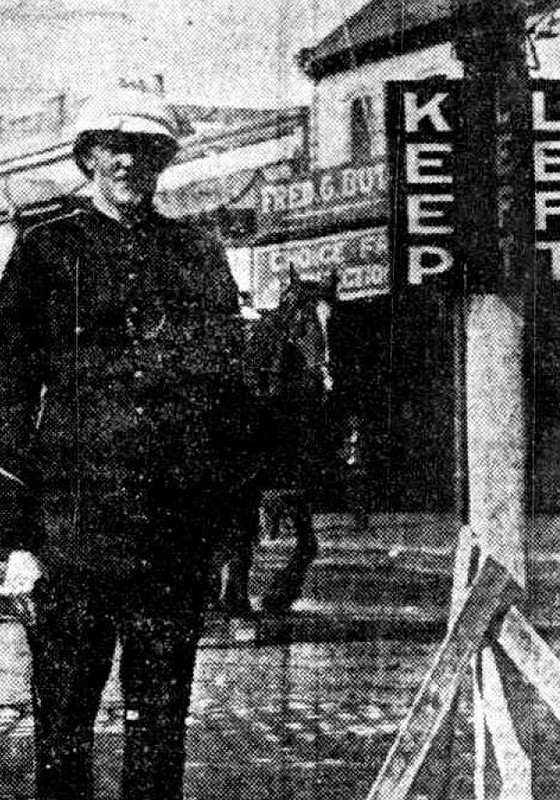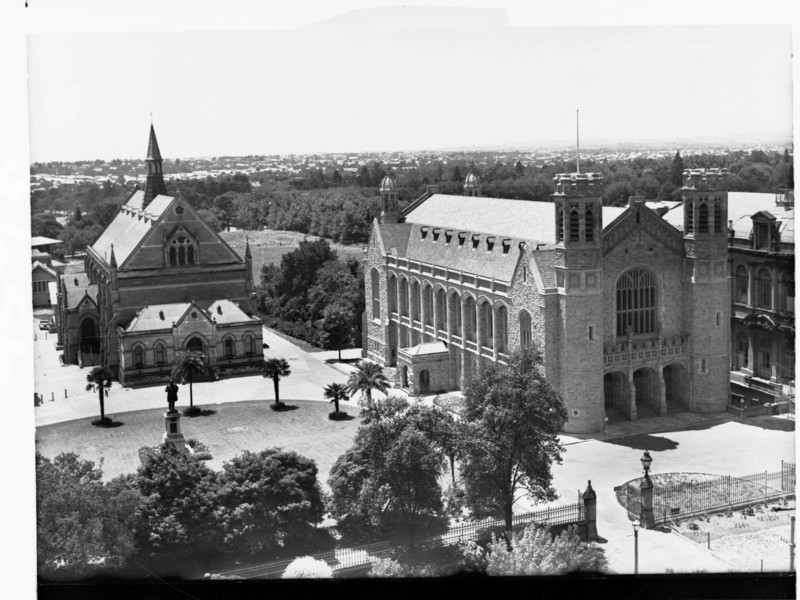-
181 Sturt Street
181 Sturt Street was the home of Mahomet Allum, an Afghani herbalist and healer. It was later the office for…
-
Adelaide
The city of Adelaide refers here to the area within the outer boundary of the parklands; that is, the ‘square…
-
Adelaide Arcade
Adelaide Arcade was opened in 1885 and was hailed as the most modern shopping precinct in the Southern Hemisphere.
-
Adelaide Botanic Garden
The Adelaide Botanic Garden is a tranquil retreat within the city.
-
Adelaide Brewery
Adelaide Brewery was an early colonial enterprise. While brewing has long ceased there, the building survives in a different guise.
-
Adelaide City Baths
Adelaide’s City Baths were a prominent and important social institution for more than a century from their opening in 1861
-
Adelaide General Post Office
The classically styled freestone Adelaide General Post Office housed both the post and telegraph offices which connected South Australia with…
-
Adelaide Hills
The Adelaide Hills (known in early colonial times as ‘the Tiers’) is a region of the Mount Lofty Ranges east…
-
Adelaide Lithuanian Catholic Centre
Since 1960 the Adelaide Lithuanian Catholic Centre has served as a place of worship.
-
Adelaide Mosque
For over a century the Adelaide Mosque has provided a centre for prayer, community and celebration.
-
Adelaide Observatory
The Adelaide Observatory complex was located in the West Parklands between the ends of Currie Street and Waymouth Street.
-
Adelaide Town Hall
The classically inspired Adelaide Town Hall was opened in 1866 and accommodates council chambers and civic reception rooms. It remains…
-
Adelaide Workmen’s Homes
Cottages built for workers through a bequest from businessman and philanthropist Sir Thomas Elder
-
Anzac Arch
Anzac Arch was built as a monument of appreciation to the men who fought in the First World War.
-
Archbishop’s House
Archbishop’s House, formerly known as Bishop’s Palace, was built in 1845 as the residence for the Roman Catholic Bishop of…
-
Aurora Hotel
The Aurora Hotel – its demolition was a watershed in heritage conservation in Adelaide with statewide repercussions
-
Austral Hotel
Constructed from east to west in January 1880, Adelaide’s most distinctive commercial complex of14 shops and hotel, heading west along…
-
Australian Imperial Forces (AIF) Cemetery
Exclusively for the burial of ex-service personnel, the Australian Imperial Forces (AIF) Cemetery was the first dedicated military cemetery in Australia.
-
Aviemore
158 Stephen Terrace, Walkerville, known as Aviemore, was the family home of Australian aviators Sir Ross and Sir Keith Smith.158 Stephen…
-
Ayers House
Acquired and extended on the back of copper mining from the mid 1840s, Ayers House has had three main occupancies…
-
-
Bank of Adelaide
This building at 81 King William Street was home to the Bank of Adelaide from its opening in 1880. A…
-
Beehive Corner
Built in 1896, Beehive Corner with its Neo-Gothic facade has been a famous meeting spot since the early 20th century.
-
Bethlehem Lutheran Church
The Evangelical Lutheran Bethlehem Church opened on 23 June 1872, this church is associated with the German migrant community. Its…
-
Birdwood Mill
When it first opened as a private collection in 1965 the National Motor Museum collection was housed entirely in the…
-
Black Diamond Corner
A notorious Port Adelaide intersection for much of the twentieth century, Black Diamond Corner was ‘patrolled’ by a series of…
-
Bonython Hall
Since 1936 this hall in Gothic style has served the University of Adelaide and the community



